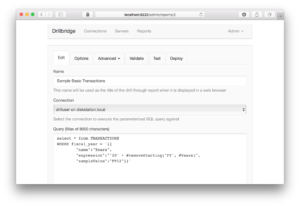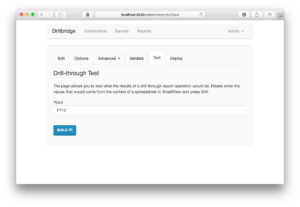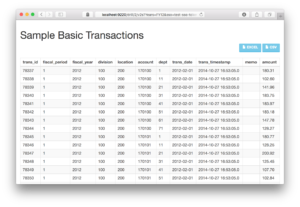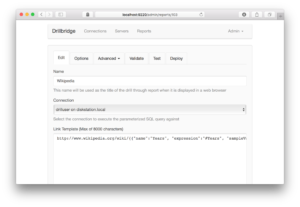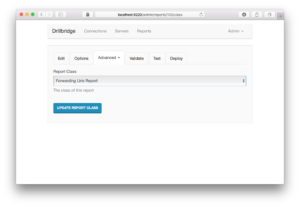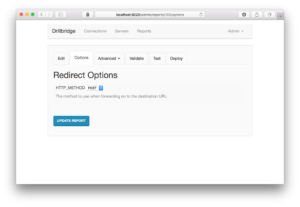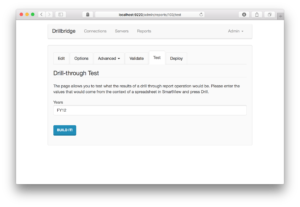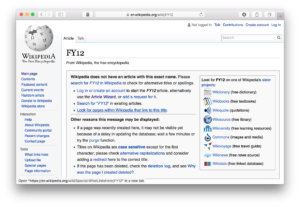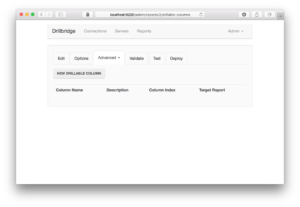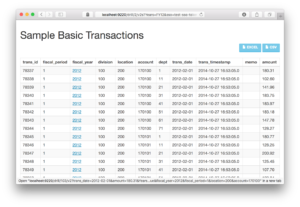Well, 2016 is almost behind us. I haven’t done this before but given that I’ve been doing a fair bit of blogging this year, I wanted to point out the “top posts of the year” on ye olde Jason’s Hyperion Blog. The subjects are diverse (as far as a Hyperion blog goes I suppose) and I think are an interesting reflection of what things people are interested in. Starting with the most popular:
Running MDX queries through a JDBC driver (for fun?): I got a lot of feedback on the MDX over JDBC franken-driver in JDBC. In retrospect, I think this goes to show how rich, diverse, and challenging the world of data integration around Essbase can be. People – developers, consultants, users, whoever – are constantly spending time, energy, and money getting data in and out of their EPM systems. The Thriller MDX-over-JDBC driver hit a real chord with some people that see it as a way to bridge the gap between EPM and other systems.
Drillbridge acquired by Applied OLAP: Probably the biggest news for me this year. Applied OLAP acquired all of Drillbridge (as well as myself) and added it to their portfolio of products, including the Dodeca Spreadsheet Management System, Dodeca Excel Add-In for Essbase, and the Next Generation Outline Extractor. Recently I announced that the enterprise/supported version of Drillbridge was officially named Drillbridge Plus and offers many compelling features, such as upper-level drill support from PBCS.
Kscope16 sessions I’m looking forward to: Interestingly, people were very curious as to what sessions I planned on attending at Kscope16. I’ll be sure to post thoughts on Kscope17 sessions when the time is right. I’ll have a single presentation at Kscope17, which will focus on “demystifying the PBCS REST API”. I hope it’s a crowd-pleaser that people will find useful.
Dependent Selectors in Dodeca: I blogged extensively about Dodeca this year, and apparently this was one the most popular article. Dependent selectors are a great feature in Dodeca that allow for narrowing down or otherwise dynamically generating the selection values for a user. For example, choosing a state could cause another selector to narrow its list of cities to just those in the given state. I’m both surprised and not surprised that this is the most popular Dodeca article. I think it’s cool because this is the type of feature that really enhances the user experience by respecting their time and making a system easier to use.
Data Input with Dodeca, part 1: Dodeca is great for providing a structured way to input data into a cube that is incredibly more robust than “we do lock and sends”. This was the first part in my data input series (six articles!) that covered inputting to Essbase, relational datasources, both at the same time, commentary, and more.
Camshaft MDX tool updated and available: Again with the MDX/data integration theme, people were very curious to find out more about a command-line tool that helps convert MDX queries to useable data files.
Essbasepy updated for Python 3: Surprisingly (to me), people the article on the Essbasepy library caught a lot of people’s attention. A lot of people are using Python to do integration/automation, and Essbase is definitely a part of the picture.
TBC Files for Bankruptcy: My tongue-in-cheek look at the woeful situation at everyone’s favorite beverage company!
Drillable Columns in Drillbridge: Lastly (but not least), one of my favorite features in Drillbridge and I think one of the standout features that you get when it comes to drilling into a web browser instead of a tab in your workbook: the ability to drill from a drill. With drillable columns, you can specify a subsequent view to drill to and the POV of the row (the global POV plus the key/values from that row) will be used to execute it. Many organizations are using this to drill into further/related journal detail, PDF files of invoices, and more. It’s a great feature!
Well, that’s the highlights from 2016. I’ll be looking forward to another productive blogging year with all sorts of exciting things regarding Dodeca, Drillbridge, the Next Generation Outline Extractor, Kscope17, and even a few secret projects I have been working on. Happy new year!
